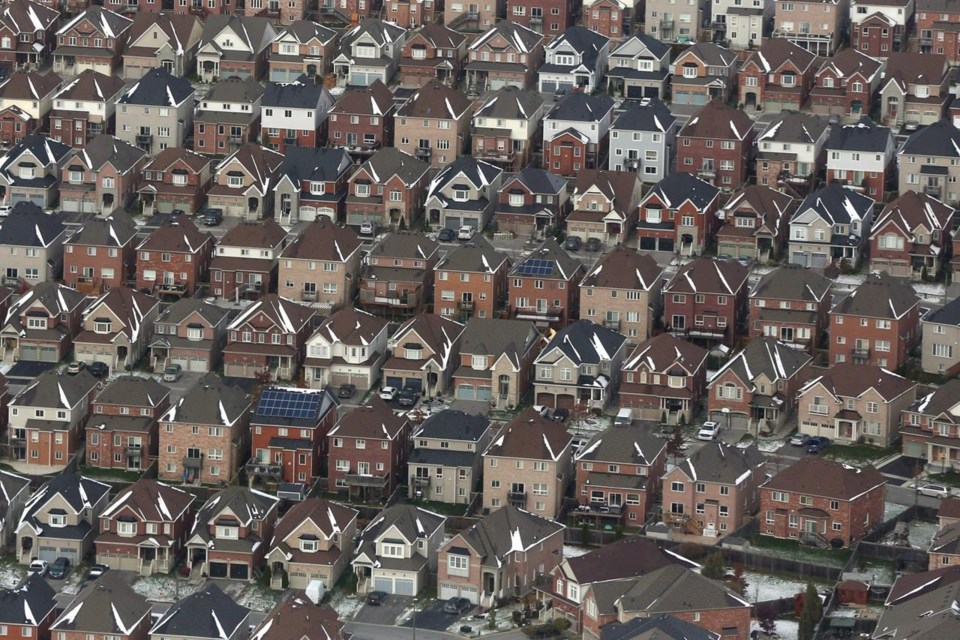TORONTO — A Royal Bank of Canada report predicts Canada's rental housing shortage will quadruple to 120,000 units by 2026 without a significant boost in stock.
It says Canada needs to add 332,000 rental units over the next three years — a 20 per cent increase over the 70,000 units built last year — to reach the optimal vacancy rate of three per cent.
Canada’s rental housing stock grew by 2.4 per cent in 2022, led by Calgary at 7.4 per cent and Ottawa-Gatineau at 5.5 per cent, while Toronto and Montreal saw the smallest percentage increases at 2.1 per cent and 1.4 per cent, respectively.
RBC says slow growth in Canada's two most populous cities is being outpaced by rapidly growing demand, partly due to high immigration levels.
Canada's vacancy rate fell to its lowest point in 21 years in 2022, at 1.9 per cent.
Competition for units also drove the highest annual increase in rent growth on record, by 5.6 per cent for a two-bedroom unit.
This report by The Canadian Press was first published March 22, 2023.
The Canadian Press
